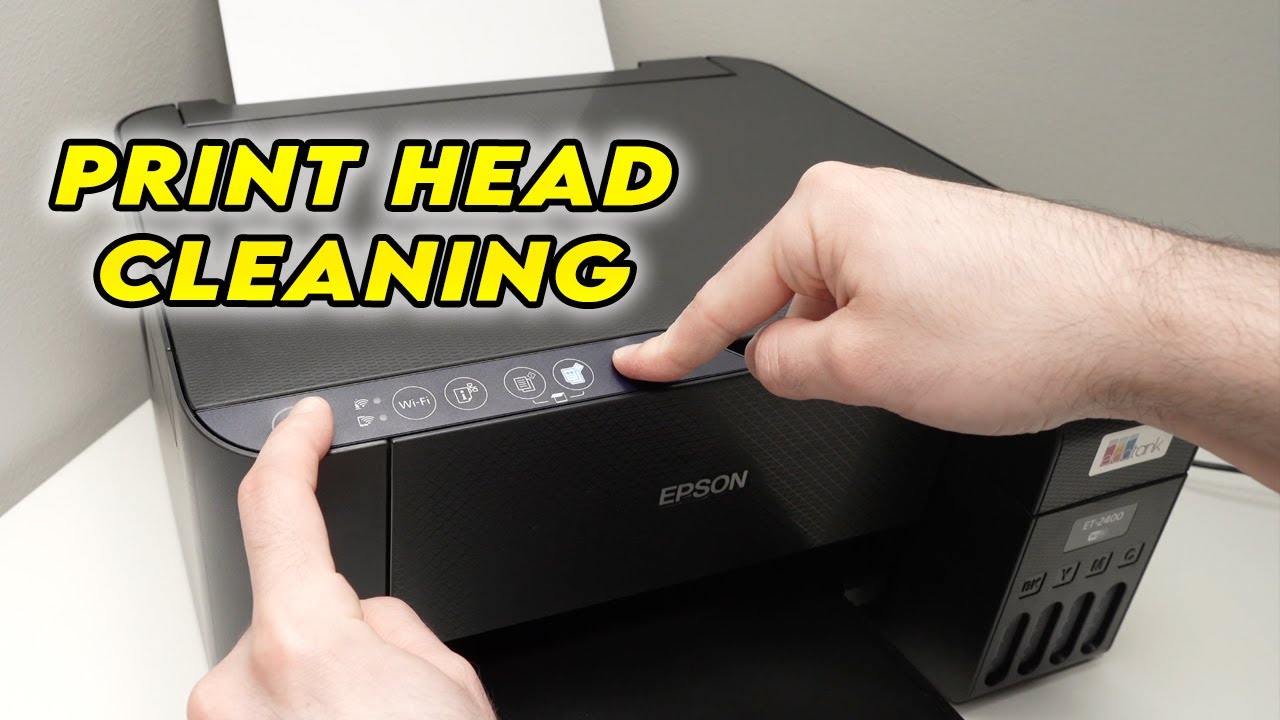
Apply Now
>
 >
>
 >
>
Effective Ways to Set Up Your New iPhone in 2025
Setting up your new iPhone may seem daunting, but with the right steps, it can be a seamless transition into the world of Apple. In 2025, iPhones boast enhanced features and capabilities, making proper setup crucial for optimal performance. The setup process not only activates your device but also ensures personal configurations, app installations, and data transfers are carried out effectively. One major benefit of efficiently setting up your iPhone is quick access to all its features and security functionalities, which contribute to a personalized user experience. This guide will provide you with a comprehensive overview of the steps involved in iPhone setup, including how to transfer data to your iPhone, configure essential settings, and enhance your digital experience. In this article, we will cover: - Basic iPhone setup steps - Data transfer methods and tips - Personalization and configuration for optimal usage - Troubleshooting setup issues - Key takeaways for new iPhone users Let's explore the essential steps to get your new device up and running!Basic Steps to Activate Your New iPhone
To begin, it's crucial to understand the initial configuration process of your iPhone. This includes activating the device, connecting to Wi-Fi, and signing into your Apple ID.How to Activate Your iPhone
Activating your new iPhone is the first step in the iPhone installation process. Once powered on, follow the on-screen instructions to select your language and region. You will be prompted to connect your iPhone to a Wi-Fi network, which is essential for completing the activation process. If you choose not to connect to Wi-Fi, you can activate using your mobile data. Remember that without connectivity, certain features might be limited.Connecting iPhone to Wi-Fi
After power on, tap "Wi-Fi" from the setup screen and select your network from the list. Enter the password when prompted. A stable Wi-Fi connection is vital as it allows your iPhone to verify your Apple ID and download the latest settings and updates. Once connected, your iPhone will handle various configurations automatically, ensuring you have the latest software versions installed.Signing into Your Apple ID
Next, sign into your Apple ID or create a new one if you don’t have an account. Signing in unlocks many features such as iCloud, Apple Music, and the App Store. If you have an old Apple ID, you can also transfer data using this account. This is an important step to ensure your new device is fully personalized and secure. For those migrating from an older iPhone, the setup process may automatically pull in your Apple ID, making your transition smoother.Initial Configuration Steps
After signing in, you will be prompted to enable features such as location services and Face ID. Enable these where appropriate to get the most out of your device's capabilities. Setting up Face ID can enhance your security and ease of access, while location services can help with navigation and app functionalities. Remember to regularly adjust your privacy settings to meet your comfort level as you further personalize your device. <Data Transfer and Backup Methods for iPhone
Having your data readily available on your new iPhone is essential. Here, we will detail effective methods to transfer data and how to perform a backup.Transfer Data to Your iPhone Using Quick Start
Apple offers a remarkable feature called Quick Start, which is designed to simplify data transfer between devices. To use this, place your new iPhone next to your old device, and follow the on-screen instructions. This method transfers settings, layouts, and data from your old iPhone seamlessly, ensuring minimal downtime. Make sure both devices are charged and connected to Wi-Fi, as this feature utilizes both networks for a smooth operation.Using iCloud for Backup and Data Migration
If you prefer not to use Quick Start, you can backup your old iPhone to iCloud first. Then, during the iPhone setup, choose the option to restore from iCloud backup. Ensure that you’ve selected the recent backup option for optimal data transfer. This method is beneficial, especially when moving data between iPhones with different iOS versions. In addition, always double-check your iCloud settings after the transfer to ensure that all necessary data syncs properly.Restore Backup to iPhone from iTunes
Another alternative to transfer data involves connecting your old device to a computer with iTunes installed. Here, you can create a backup of your old iPhone, then restore this backup to your new iPhone during the setup process. This method is particularly useful for more intricate data transfer needs, including applications and settings. Never forget to check your backup settings regularly to safeguard your data. < >
>
Personalizing Your iPhone for an Optimal Experience
With the basics in place, it’s time to fine-tune your iPhone settings. Personalization allows you to tailor your iPhone to fit your lifestyle, enhancing your experience.Adjusting iPhone Settings
The iPhone settings menu offers a plethora of options. Explore areas such as "Display & Brightness" where you can adjust screen brightness and theme options. Ensure to set appropriate notifications in the "Notifications" section according to your preferences to avoid unnecessary disturbances. Also, take your time to configure "Do Not Disturb" settings, allowing you to manage interruptions when necessary.Enabling Siri and Setting Up Accessibility Features
Activate Siri during the setup if you're looking to use this feature for hands-free assistance. It's also beneficial to explore the "Accessibility" settings. Here, you can customize your iPhone to provide support based on your requirements, which is especially useful for older users or those with disabilities. This step is crucial for creating a device that is not only user-friendly but also tailored to your specific needs.Organizing Your Home Screen
An organized home screen facilitates quicker access to your most frequently used apps. You can customize your home screen by arranging apps into folders or utilizing widgets for quick functionality. Consider creating folders for categories such as "Social Media," "Productivity," or "Entertainment" for easy navigation. Don’t forget to adjust the "App Library" settings to keep your device streamlined.Downloading Essential Apps
The App Store is the gateway to customizing your iPhone further. In your iPhone setup guide, make sure to download necessary applications. Essential apps may include social media platforms, productivity tools, and games, based on your interests. Be mindful of managing your storage space as you download new applications. Ensuring you have the best apps for your needs contributes to a fulfilling experience with your new device. < >
>